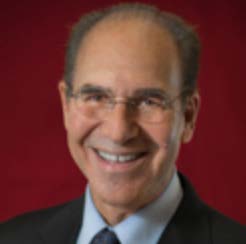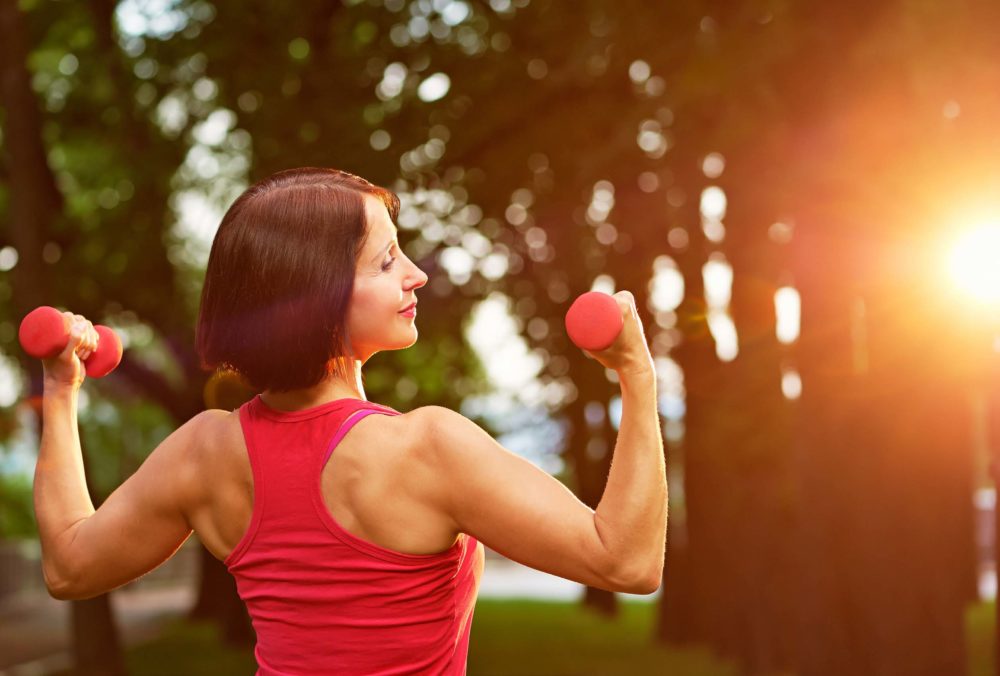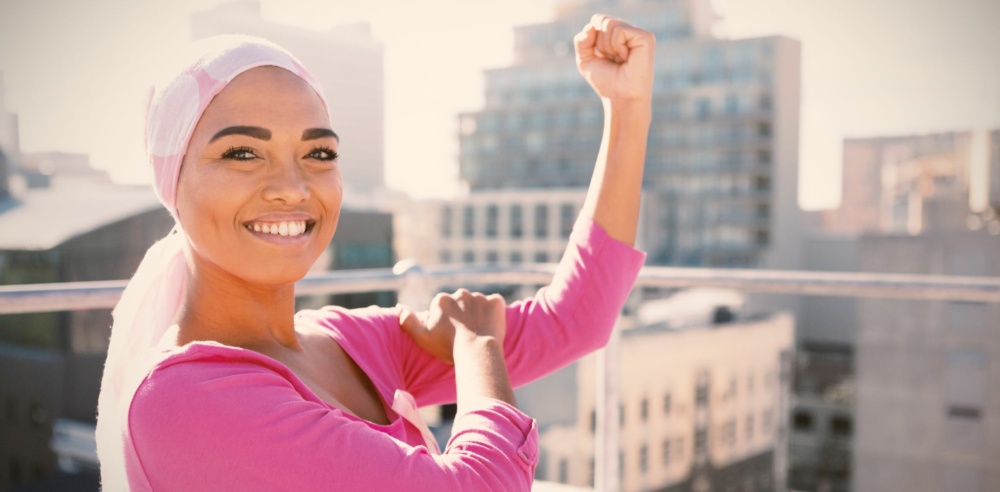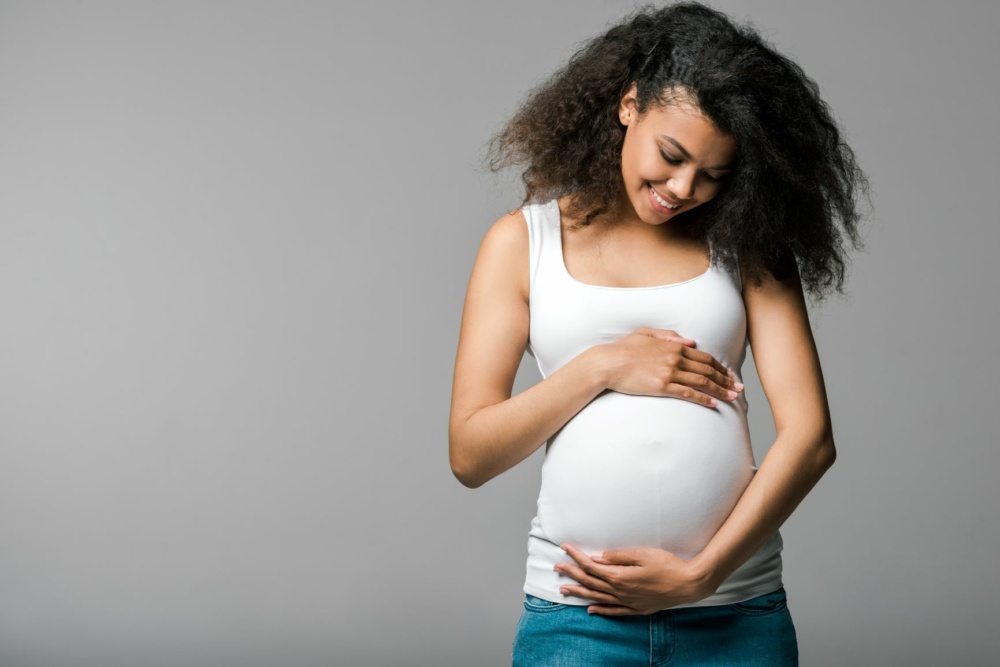A new study recommends this group participate in high-impact exercise, including weight training, at least twice a week. The researchers who conducted the study found the results “disillusioning” because “older people generally have low enthusiasm for frequent exercise.”
According to the medical journal Bone, which published the results of the study, researchers in Germany tracked the bone density changes in 55 middle-aged women with osteopenia. The subjects participated in four exercise sessions per week, which ran for 30 to 65 minutes. These sessions included a combination of bone-building exercises, such as low and high-impact aerobics, and resistance training with free weights and machines.
Bone density scans were taken at regular intervals of all participants, including a control group of 43, and diet, medications, weight changes, depression and other factors which might affect this exercise regime were considered in the analysis. Of the group of regular, high-impact exercisers, bone density decreased by 1.5 percent in the spine and 5.7 percent in the hip. Among the control group, which did little or no exercise, spine bone density declined by 5.8 percent and hip density declined by 9.7 percent. Researchers found this difference between the groups as significant.
What Is Osteoporosis?
At the Texas Back Institute, we treat hundreds of patients suffering from osteoporosis each year, and we have opinions on the efficacy of using high-impact exercise in order to build bone density in older women.
First, it’s important to understand what osteoporosis is: a softening or dissolving of the bone. At 25-years-old, we have our peak bone density, and as we get older, we begin to lose one percent or more of density each year. In post-menopausal women, the rate of bone density loss accelerates to 2 to 3 percent each year for about five years. We all go through some degree of bone density loss with aging, but this is exacerbated by osteoporosis.
Think of this process as a brick which is dissolving. At one time, a brick is solid, but over time, the nooks and crannies of the brick begin to dissolve and eventually you are left with just a shell. The difference between genders has to do with hormonal imbalance. Frankly, we are outliving parts of our bodies. We can keep the heart and lungs functioning, but the skeletal framework, the bones and muscles, continue to deteriorate.
We are seeing an epidemic of osteoporosis due to several environmental factors. One of the primary culprits is soft drinks, which have phosphates in their ingredients, and this has the effect of “melting” away bones.
How High-Impact Exercise Builds Bone Density
The researchers found a significant difference between the subjects who participated in regular, rigorous exercise and those who didn’t.
Why does high-impact exercise and weight training increase bone density?
There’s a medical term called “Wolf’s Law” which notes that bones which are under stress will increase in density. Basically, the exercise causes the brain to signal the body to make more bone in order to deal with this stress. High-impact exercise and weightlifting puts pressure on the bones and the bone responds by getting stronger.
Think of it this way: when astronauts go up in space and they are not subjected to gravity, their bones soften over time. The same thing happens to the bones when there is no pressure put on them. The osteoporosis is accelerated. There is an electrical and a physiological effect on bones when they are exposed to forces. In this case, this is exercise and weight training.
Swimming, biking and other aerobic exercises are great, but they don’t cause the bone to grow denser in the manner of weight training and vigorous exercise, such as running and jumping.
Potential Dangers
Sometimes the “cure” for a physical malady, such as osteoporosis, will have unintended consequences which are more damaging than the condition itself. When older women undertake an aggressive program of high-impact exercise, they must take into consideration other conditions of their body which might lead to serious health issues.
One of the problems of this approach is that as we get older, we lose some of our ability to balance. This is the most common reason older people fall and break a hip or other bones, and this is why yoga, pilates and tai chi are so important for this age group. These stretching exercises build flexibility and balance.
This age group might also have arthritic joints, which would make high-impact exercise painful and could injure someone with osteoporosis. In fact, the osteoporosis may be so severe, high-impact exercise could cause a fracture. So, that’s why it’s very important to get a diagnosis on the level of osteoporosis and advice on the type of exercise and weight-training program from an expert.
For more information visit texasback.com or call 1.800.247.2225.
About the Doctors:
 Dr. Isador Lieberman is a fellowship-trained orthopaedic and spinal surgeon. He is board certified by the American Board of Orthopaedic Surgery, and he holds a specialist certification from the Royal College of Physicians and Surgeons of Canada. He completed medical school and residency at the University of Toronto, and he completed spine surgery and trauma surgery fellowships at the Toronto Hospital in Canada and at Queen’s Medical Center in Nottingham, England. Dr. Lieberman specializes in the surgical treatment of spinal disorders. His clinical interests include: adolescent and adult scoliosis, deformity reconstruction, spinal tumors, minimally invasive, robotic and endoscopic spinal surgery, treatment of vertebral compression fractures, cervical and lumbar degenerative disorders, and trauma. Dr. Lieberman also established the Uganda Charitable Spine Surgery Mission which provides services to the less fortunate in Uganda who are afflicted with spinal ailments, including tuberculosis and scoliosis.
Dr. Isador Lieberman is a fellowship-trained orthopaedic and spinal surgeon. He is board certified by the American Board of Orthopaedic Surgery, and he holds a specialist certification from the Royal College of Physicians and Surgeons of Canada. He completed medical school and residency at the University of Toronto, and he completed spine surgery and trauma surgery fellowships at the Toronto Hospital in Canada and at Queen’s Medical Center in Nottingham, England. Dr. Lieberman specializes in the surgical treatment of spinal disorders. His clinical interests include: adolescent and adult scoliosis, deformity reconstruction, spinal tumors, minimally invasive, robotic and endoscopic spinal surgery, treatment of vertebral compression fractures, cervical and lumbar degenerative disorders, and trauma. Dr. Lieberman also established the Uganda Charitable Spine Surgery Mission which provides services to the less fortunate in Uganda who are afflicted with spinal ailments, including tuberculosis and scoliosis.
 Richard Guyer, M.D. is the co-founder of the Texas Back Institute and Director of their Spine Fellowship Program. Dr. Guyer is also co-director for the Center for Disc Replacement at the Texas Back Institute. Dr. Guyer earned his medical degree from the University of Pennsylvania School of Medicine. He completed his internship at Parkland Memorial Hospital in Dallas, Texas, and he continued with his residency program in orthopedic surgery at the Hospital of the University of Pennsylvania. Dr. Guyer then completed two spine fellowships in Ohio and California. Dr. Guyer holds many honors including founder of the Texas Back Institute Research Foundation and Chairman of the Board for the program. Dr. Guyer has received the Best Doctor Award from D Magazine for multiple years, is past president of the North American Spine Society and winner of the Volvo Award for Low Back Pain Research.
Richard Guyer, M.D. is the co-founder of the Texas Back Institute and Director of their Spine Fellowship Program. Dr. Guyer is also co-director for the Center for Disc Replacement at the Texas Back Institute. Dr. Guyer earned his medical degree from the University of Pennsylvania School of Medicine. He completed his internship at Parkland Memorial Hospital in Dallas, Texas, and he continued with his residency program in orthopedic surgery at the Hospital of the University of Pennsylvania. Dr. Guyer then completed two spine fellowships in Ohio and California. Dr. Guyer holds many honors including founder of the Texas Back Institute Research Foundation and Chairman of the Board for the program. Dr. Guyer has received the Best Doctor Award from D Magazine for multiple years, is past president of the North American Spine Society and winner of the Volvo Award for Low Back Pain Research.







Recent Comments